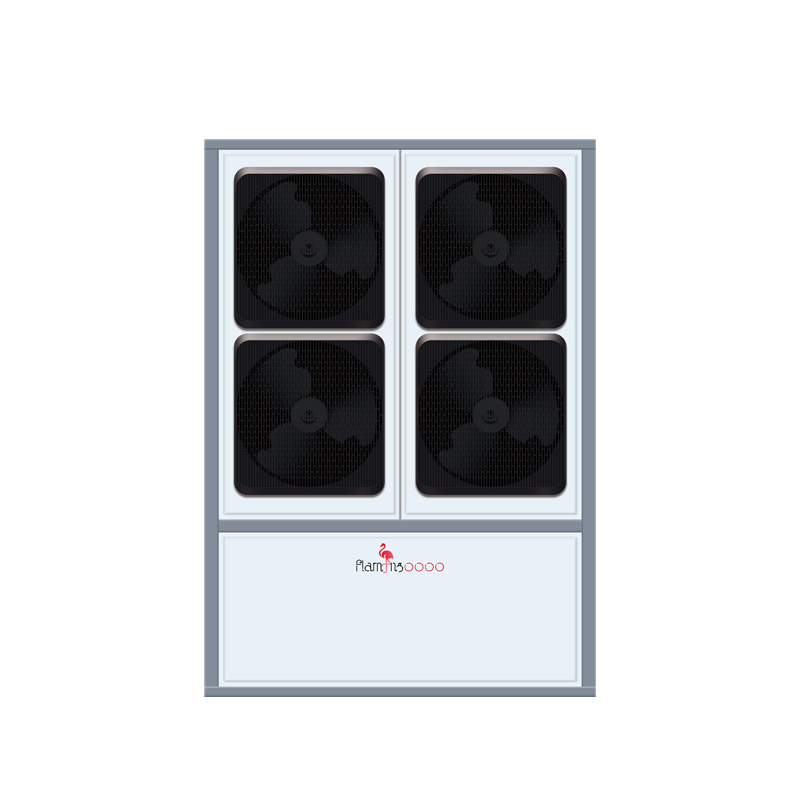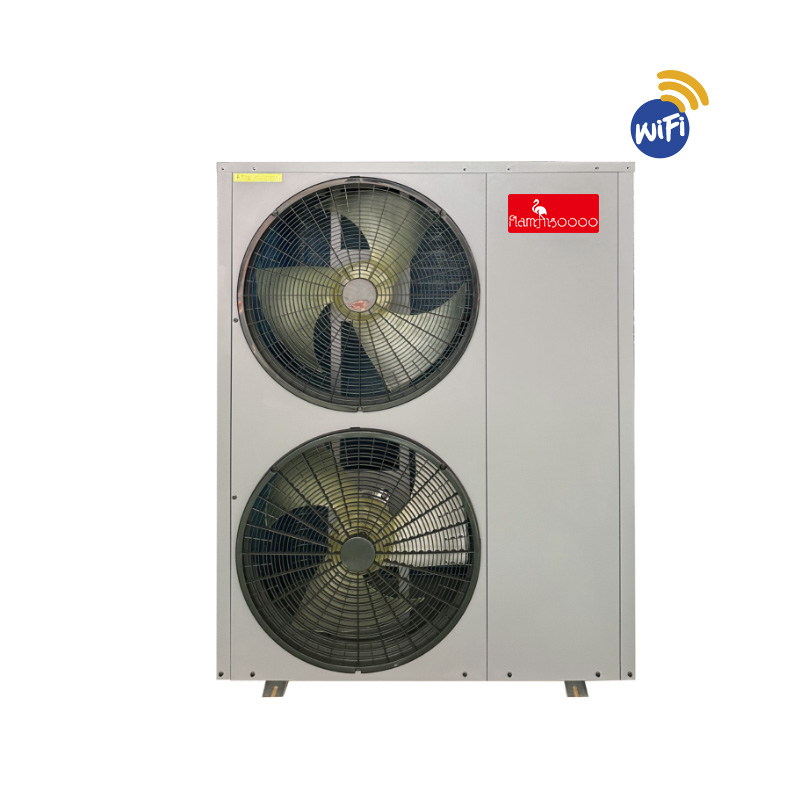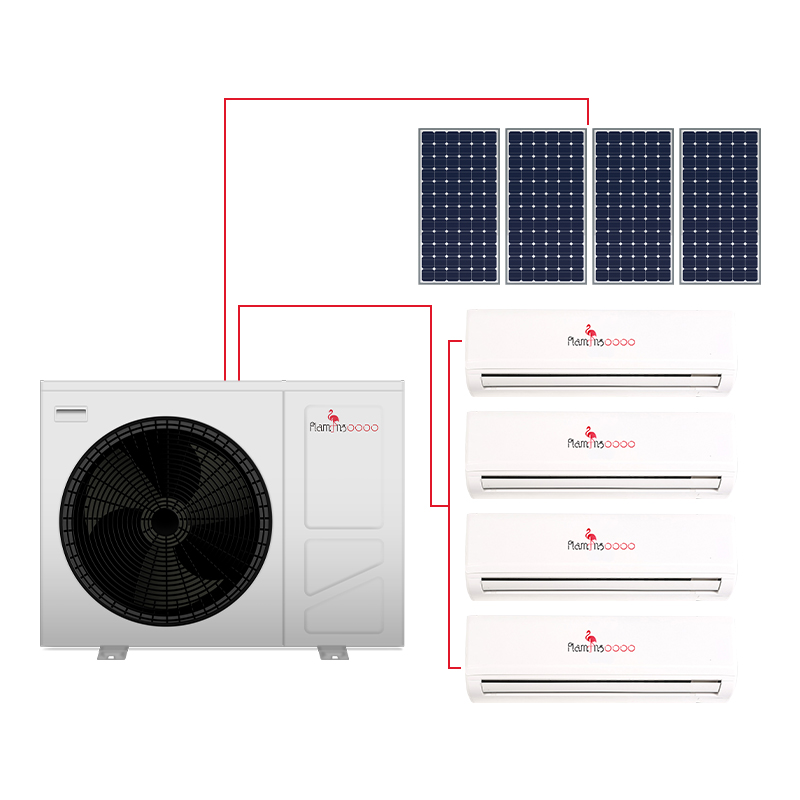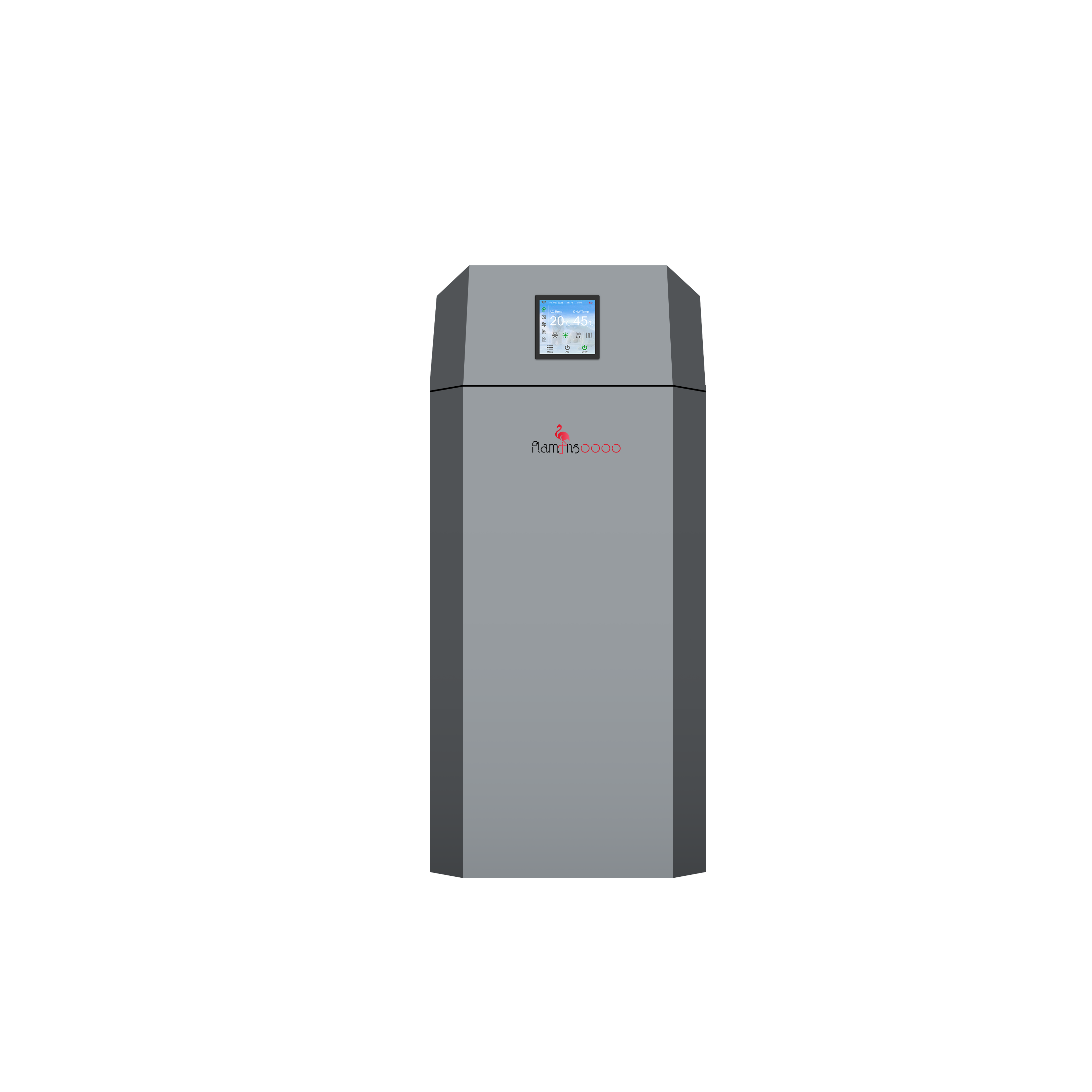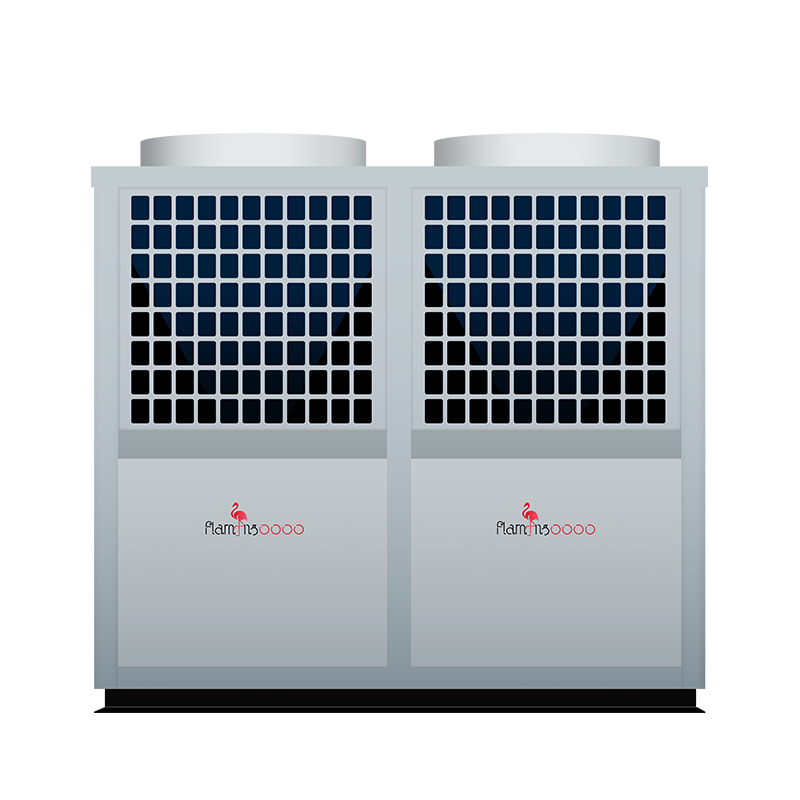Can Photovoltaic Heat Pumps be Used in Remote Areas?
As the world increasingly turns its focus towards renewable energy sources, photovoltaic heat pumps (PVHPs), an innovative energy solution combining solar photovoltaic technology with heat pump technology, are slowly making their way into the limelight. But can this technology be effectively utilized in remote areas?
In recent years, the issue of energy supply in remote regions has garnered significant attention. Due to their isolated geographical locations, inconvenient transportation, and lagging infrastructure development, these areas often struggle to obtain stable and reliable energy sources. However, with the continuous advancement of PVHP technology, this challenge may soon be overcome.
PVHP technology harnesses solar energy to generate electricity, which powers a heat pump system, thereby enabling efficient conversion and utilization of thermal energy. This technology boasts environmental friendliness, energy conservation, and the ability to replace traditional energy sources, reducing energy consumption and carbon emissions. In remote areas, where solar energy resources are abundant and easily accessible, PVHP technology holds unique advantages.
In practical applications, PVHP systems can be customized and optimized according to local climate conditions and energy demands. For instance, in colder regions, the system can focus on heating functions; in warmer areas, it can be used more for cooling and hot water supply. Additionally, PVHP systems can be integrated with energy storage devices to ensure continuous and stable operation during periods of insufficient sunlight or at night.
It's worth noting that the application of PVHP technology in remote areas faces some challenges. For example, due to the lagging infrastructure development in these areas, the installation and maintenance costs of the systems may be relatively high. Furthermore, because of their remote locations, technicians may have difficulty reaching the sites for technical support and repairs in a timely manner. However, as technology continues to progress and costs gradually decrease, these issues are gradually being addressed.
To promote the application of PVHP technology in remote areas, some countries and regions have introduced relevant policies, providing financial support and policy guidance. For instance, some local governments offer subsidies or tax incentives for the installation of PVHP systems to reduce users' installation costs. Simultaneously, they strengthen technical training and promotion efforts to enhance users' awareness and acceptance of PVHP technology.
In conclusion, the application prospects of PVHP technology in remote areas are promising. With continuous technological advancements and the gradual improvement of policies, this technology is expected to provide remote areas with more reliable, environmentally friendly, and efficient energy solutions. In the future, we have reason to believe that PVHPs will become one of the important choices for energy supply in remote areas, bringing more convenience and well-being to local residents in their production and daily lives.

